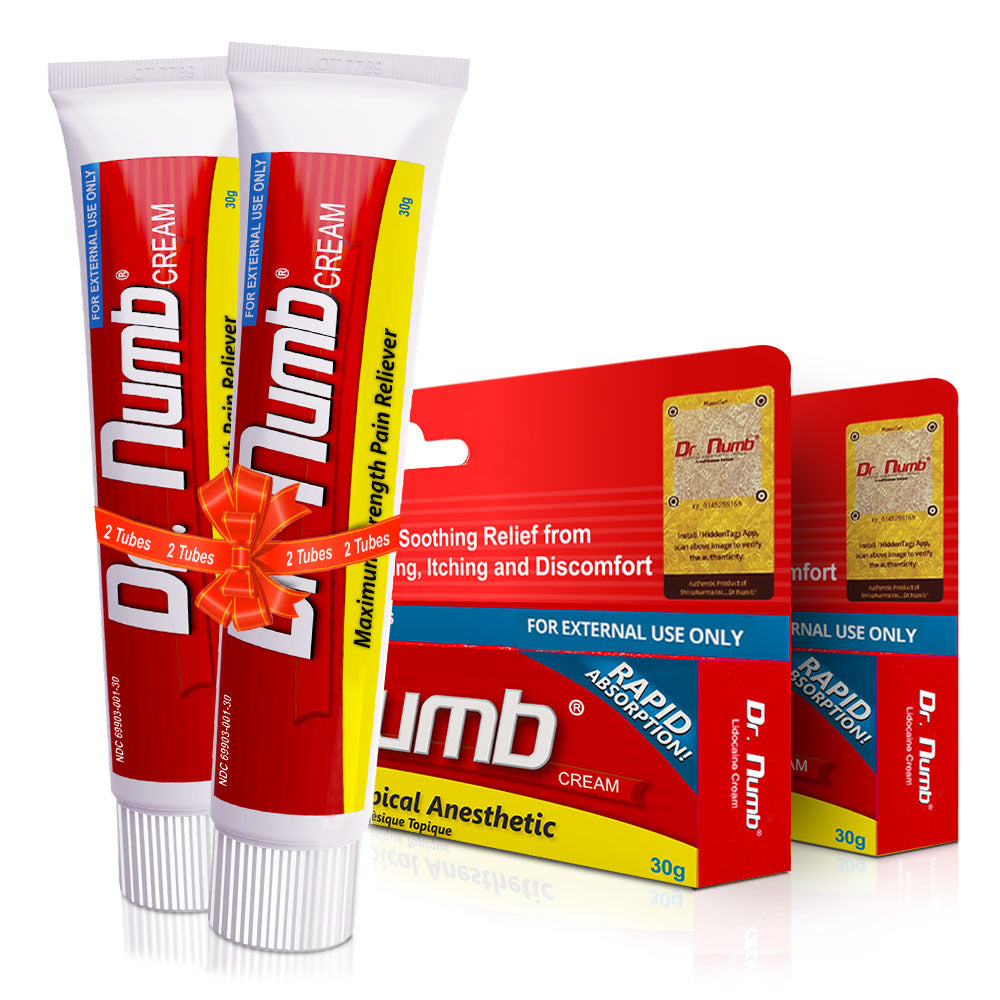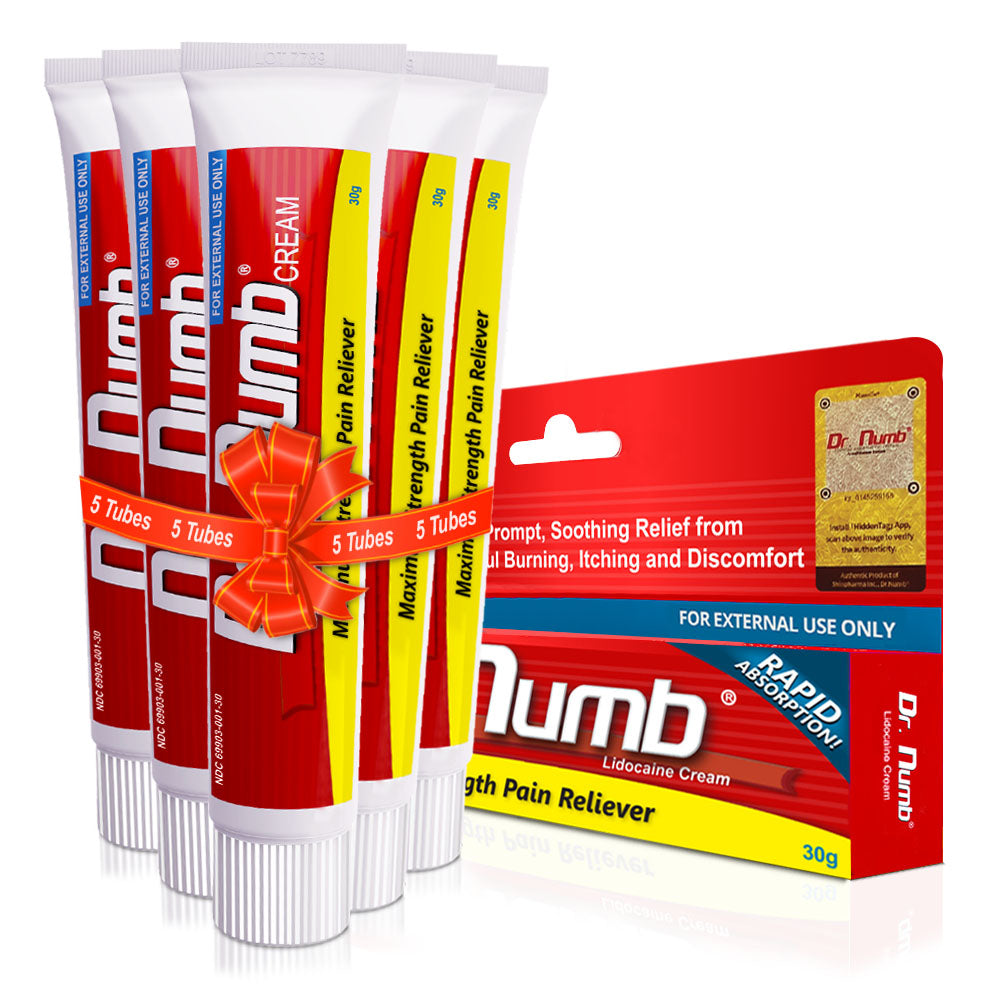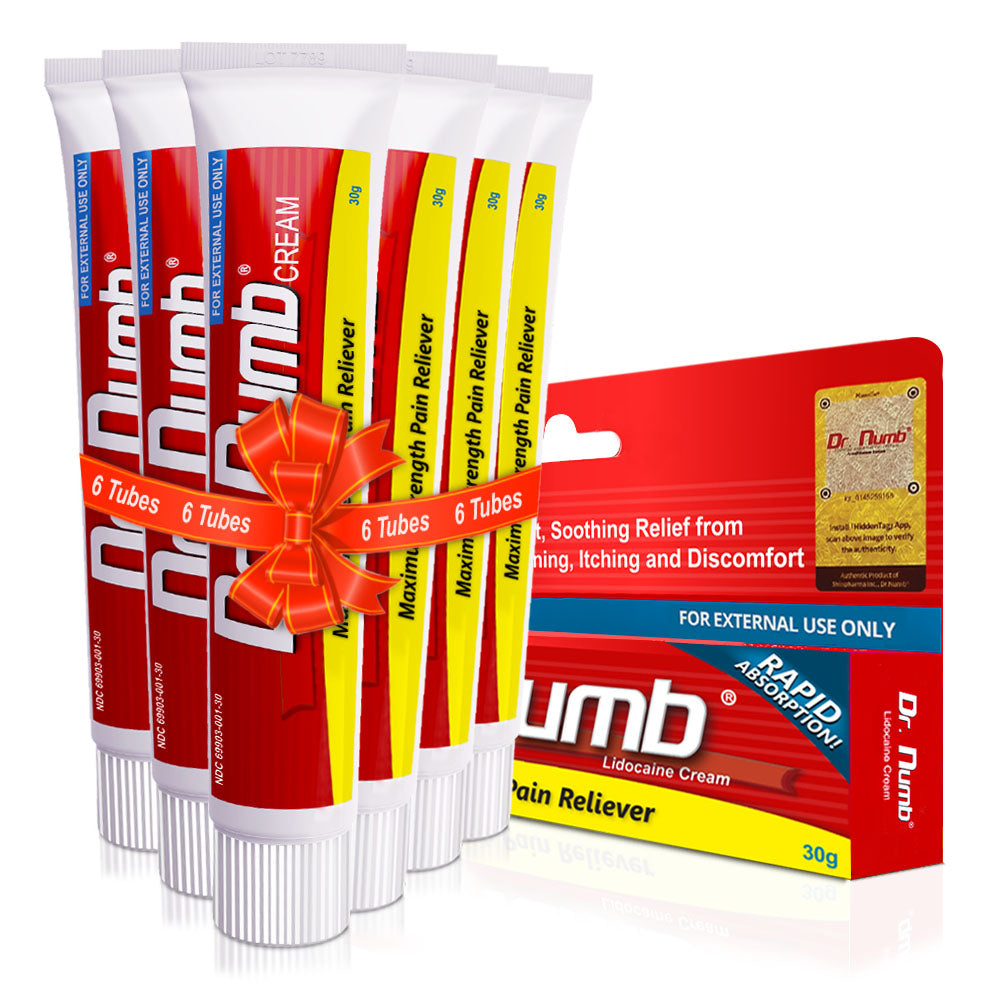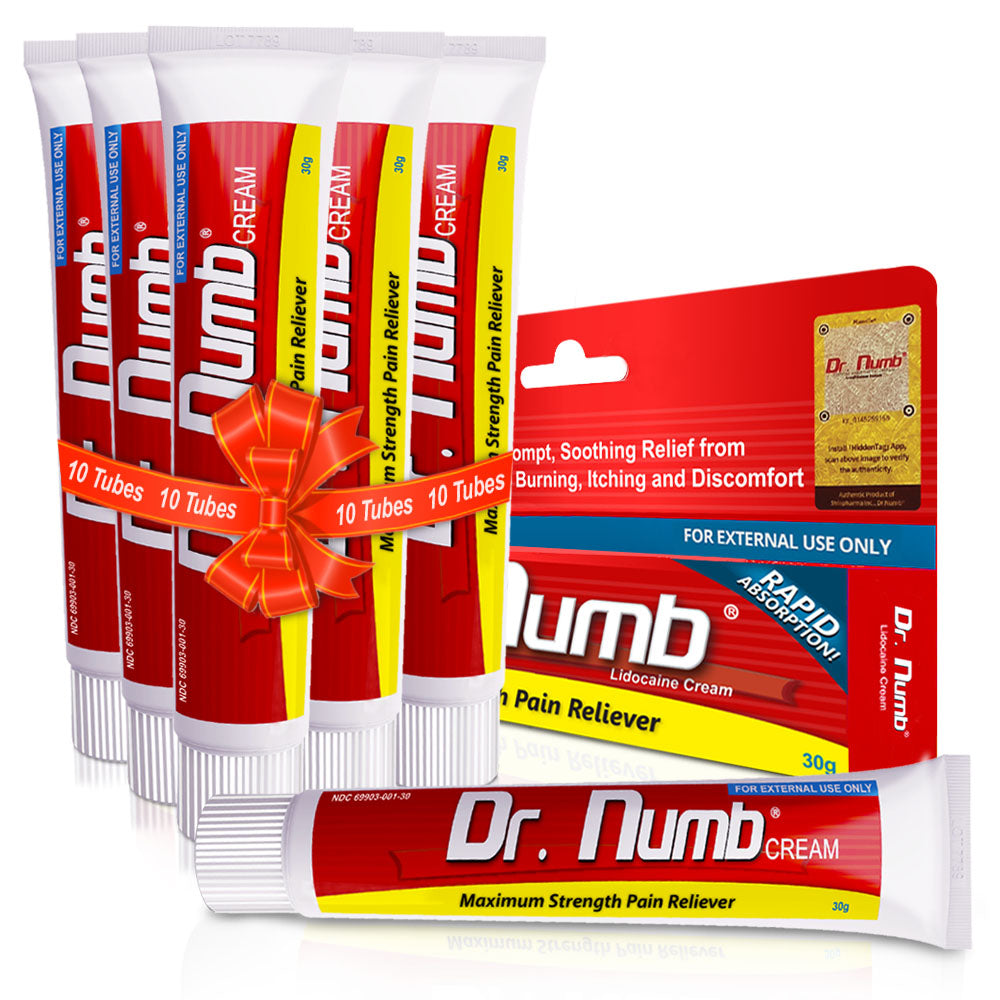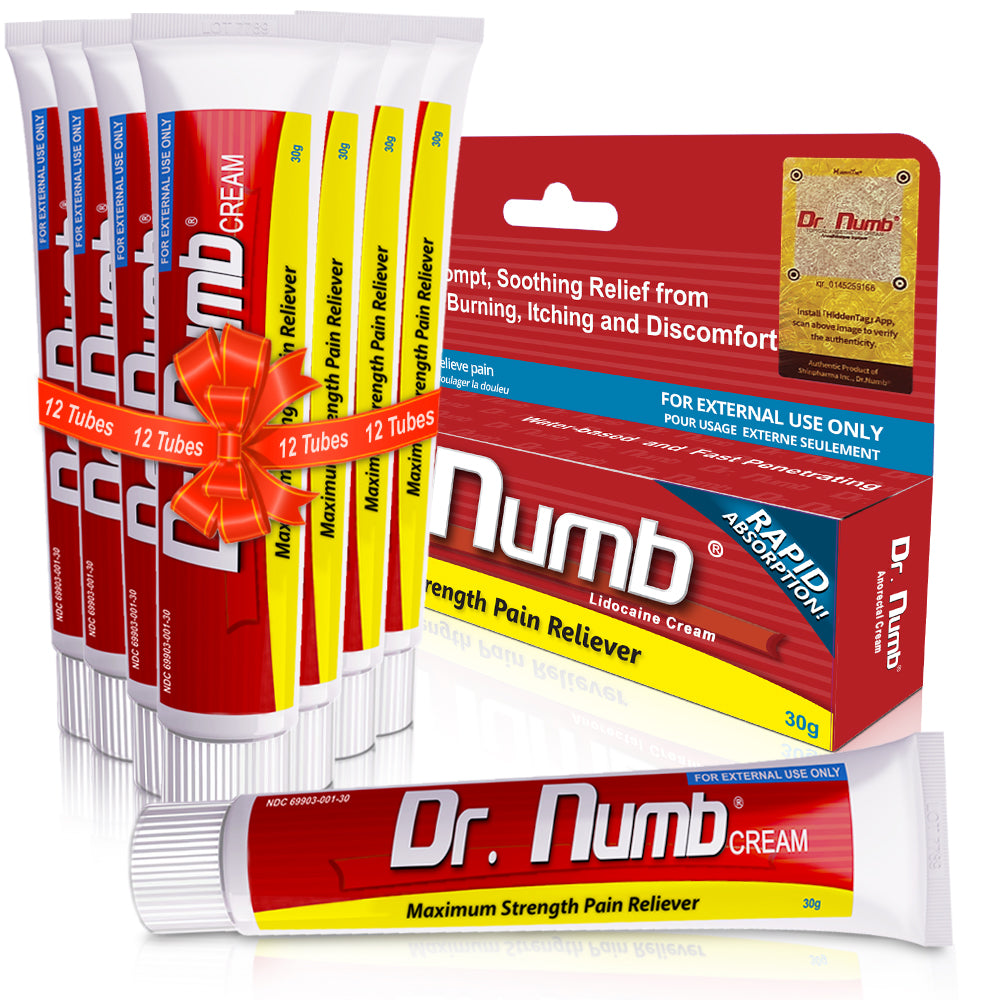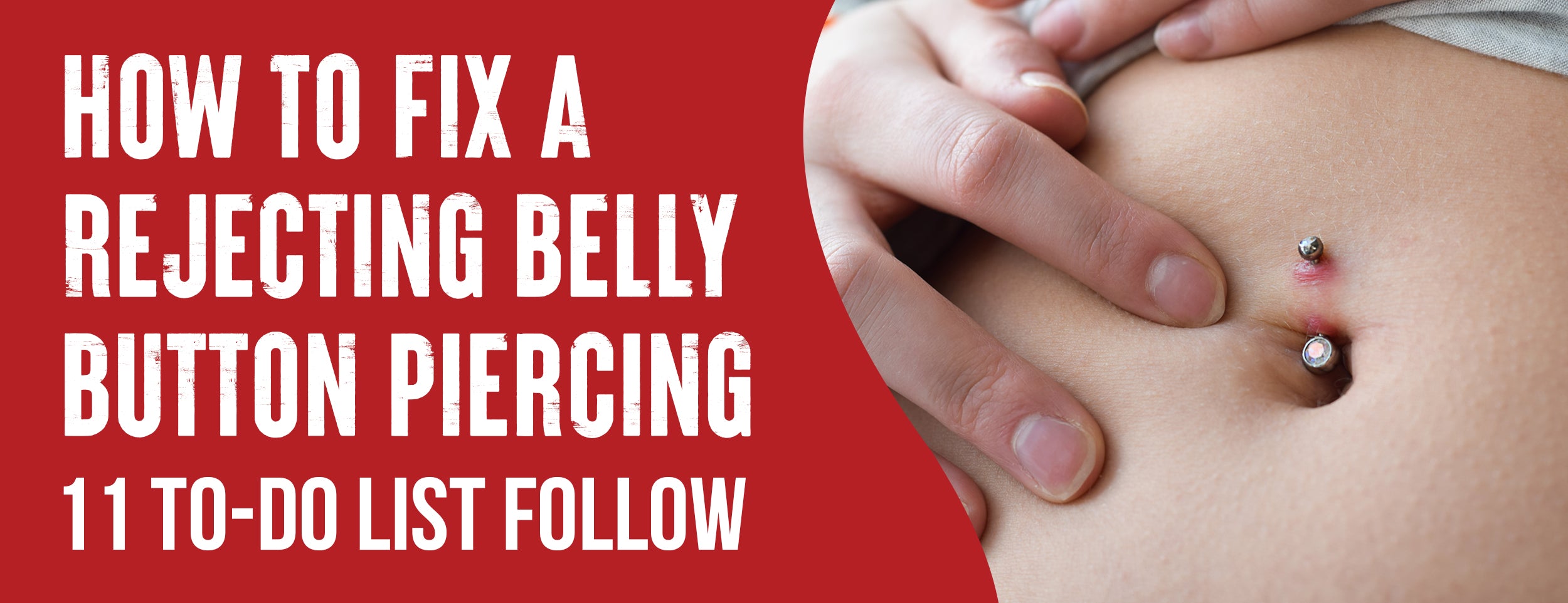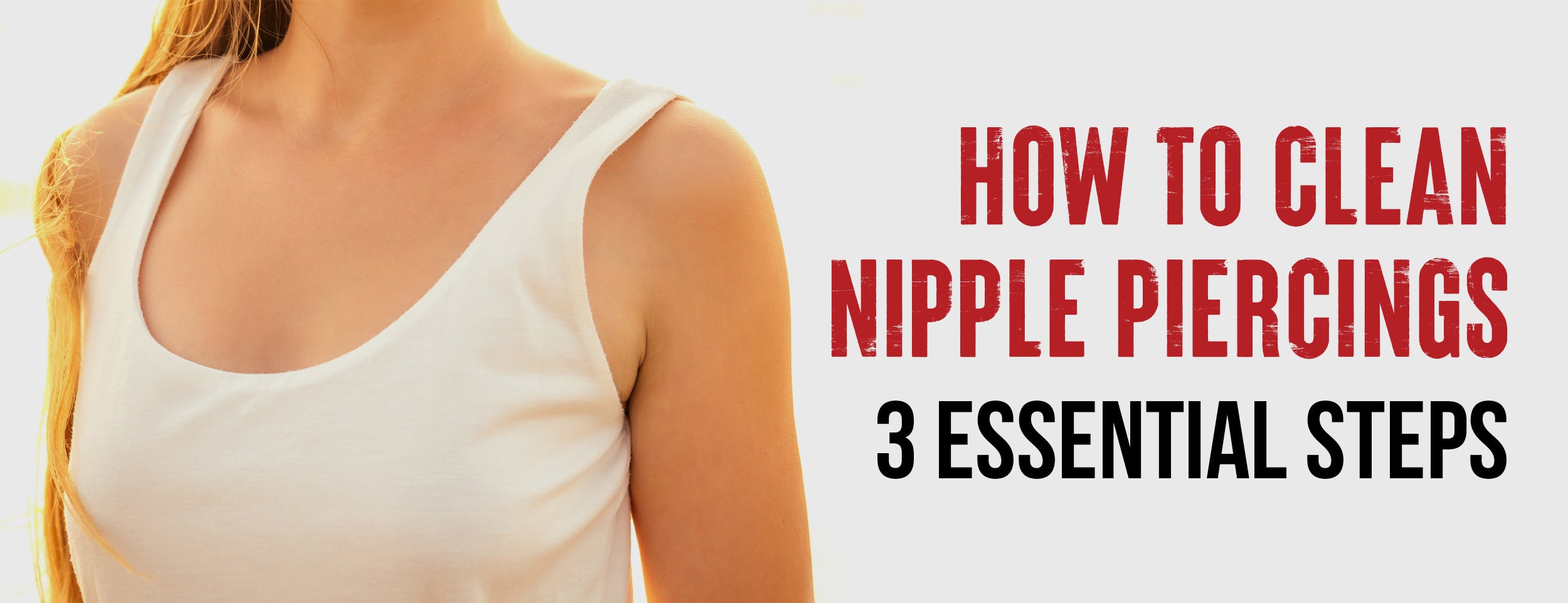A belly button piercing with an outie can be risky. The open blood vessels near your navel can quickly spread an infection to other body parts. This can lead to bacterial infections, skin problems, and cuts. You should know the risk of developing keloids.
You shouldn't pierce your outie. Outies navels are more complex than simple surface skin since they are residual scarring from the umbilical cord.
A regular navel piercing goes only through the surface of the skin. So, an infected outie piercing can quickly be dangerous.
In this blog post, we will explain you can get a belly button piercing with an outie, there are five factors to consider when getting a belly button piercing with an outie and the risks of piercing your outie belly button.
Can You Get a Belly Button Piercing With An Outie: 5 Factors
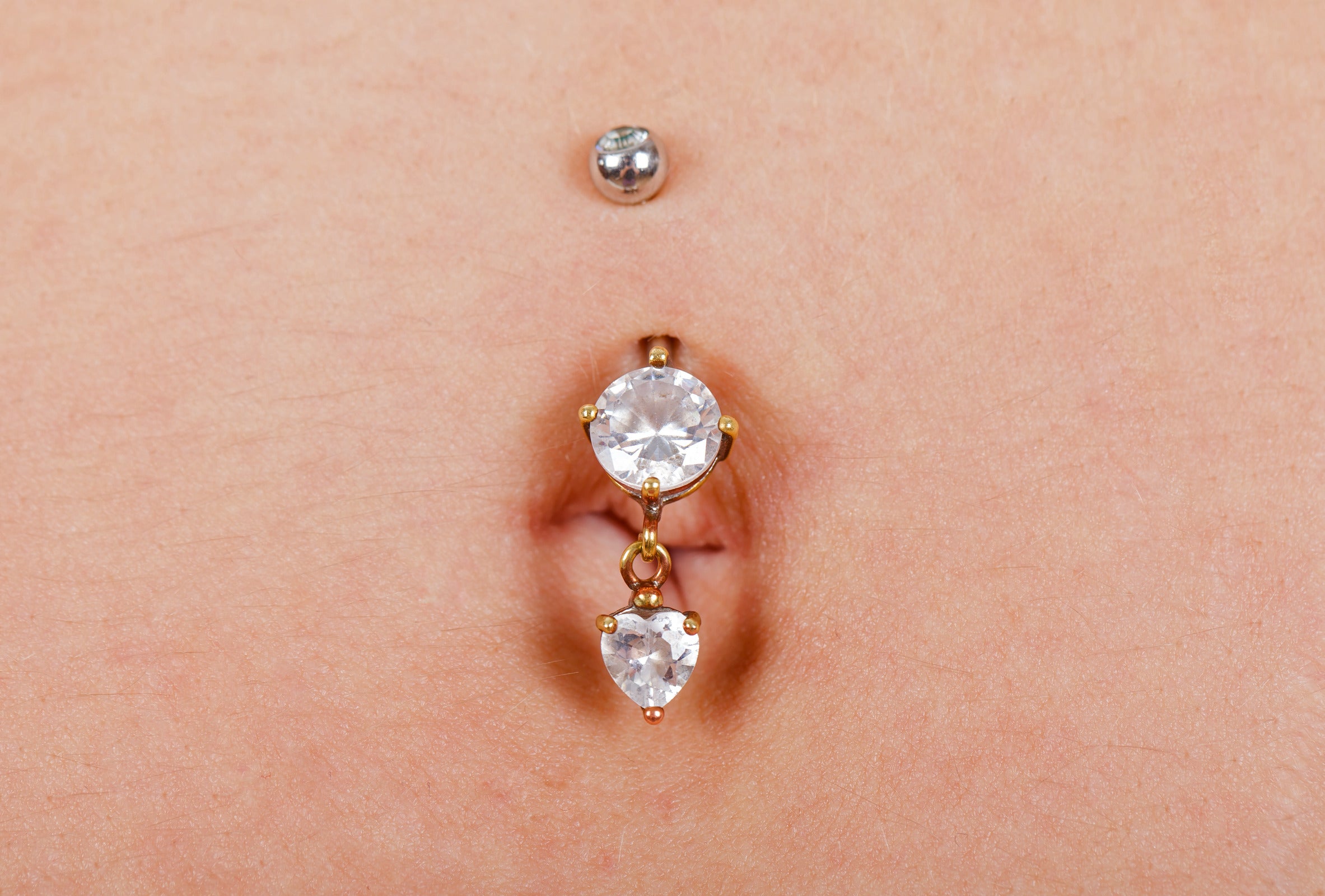
One of the most common body modifications is belly button piercings. They can be a stylish and fun way to express your personality. But what if your belly button is out? Does that mean you're ruled out from getting a navel piercing? Here are some critical things to consider when piercing your outie belly button.
Anatomy of an Outie Belly Button
Before we delve into the piercing possibilities for outie belly buttons, it's essential to understand the unique anatomy of an outie. An outie belly button, an umbilical hernia or granuloma, is a slightly protruding navel. This unique feature is caused by how the umbilical cord was cut and clamped at birth.
The belly button protrudes outward, creating what is commonly referred to as an outie. Despite their distinct appearance, outies rarely show any medical issues. They are a cosmetic difference that separates some people from the majority who have innies.
While an outie belly button may appear to be a single type, there are several. Some outies are small and barely protrude, while others are more prominent. The size and shape of an outie can differ from person to person, so the approach to piercing an outie also needs to be personalized.

The skin around the navel is often thicker and more rigid than other body parts. This is because the navel is a scar left behind from the umbilical cord, and scar tissue is more durable. In addition, the navel area has a rich supply of nerves, which makes it a sensitive region.
The unique structure of an outie belly button poses a challenge regarding piercing. The protrusion of the navel means less space for the piercer to work with, and the thicker skin can make the piercing process more difficult. However, with the proper technique and expertise, it is undoubtedly possible to pierce an outie belly button.
Piercing Possibilities for Outies
Whether an outie can be pierced is more complex than it may seem. The answer depends on several factors, including the shape and size of your outie, your skin thickness, and your pain tolerance.
It is possible to pierce the belly button of outies. However, the process may be more complex than piercing an innie. This is because the piercer needs to find a spot on the protruding navel where the jewelry will sit comfortably without causing discomfort or irritation.
Sometimes, the piercer may recommend a surface piercing rather than a traditional navel piercing. A surface piercing involves inserting the jewelry just under the skin's character rather than through the entire thickness of the navel. This type of piercing can be a good option for people with outies, as it allows the jewelry to sit flat against the skin, reducing the risk of irritation and infection.
It's also important to note that an outie piercing may involve a higher risk of complications compared to an innie piercing. These could include infection, swelling, and jewelry rejection. Therefore, choosing an experienced piercer who is familiar with outie belly button piercing is crucial.
6 Risks of Getting an Outie Belly Button Piercing
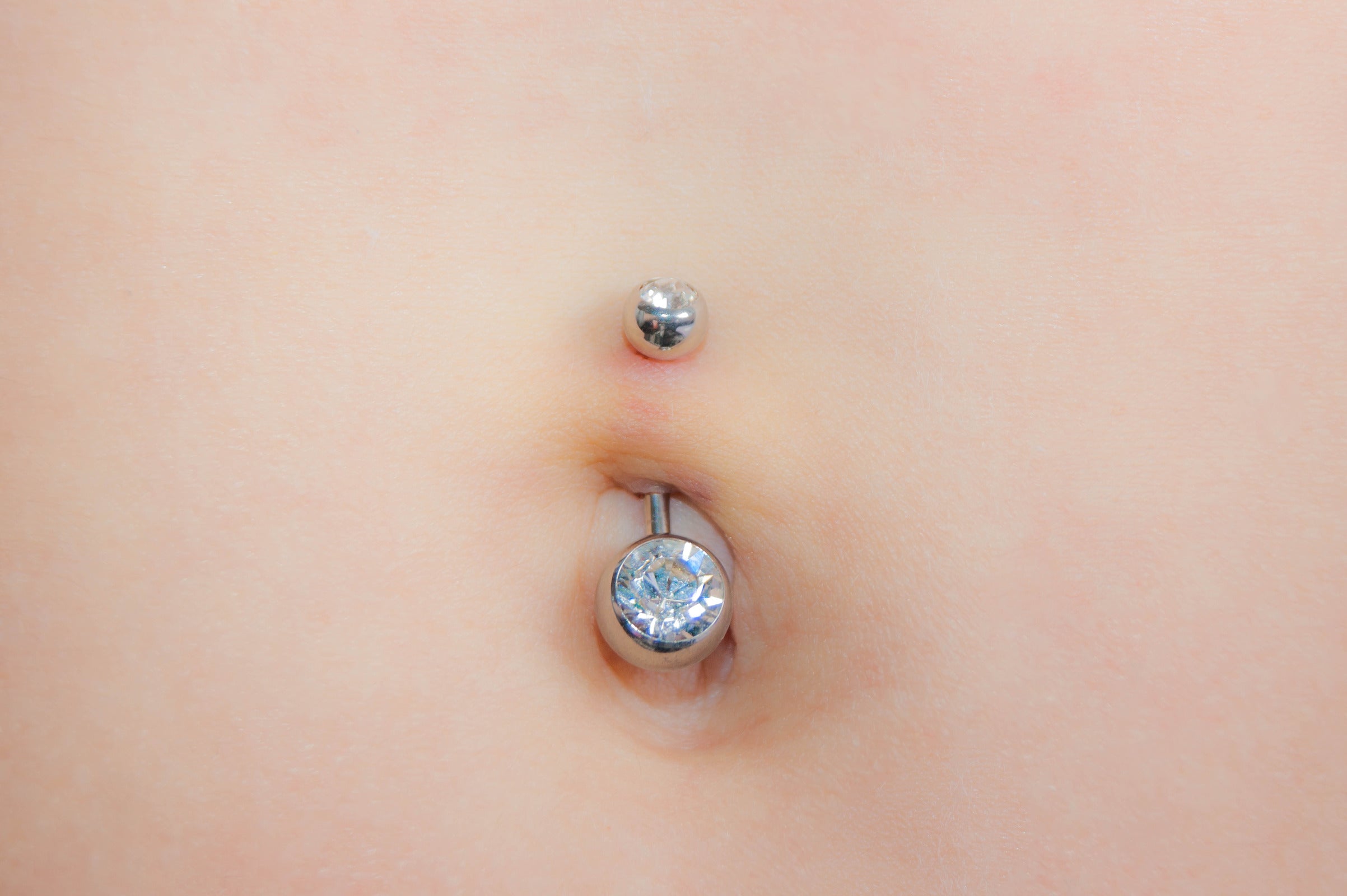
The decision to get a piercing, particularly a belly button piercing, is often personal and influenced by individual style and expression. However, it's essential to be aware of the potential risks involved, especially for those with an outie belly button.
Bloodborne Diseases
When a piercing is done, a needle creates a hole in your skin. If the equipment is not sterilized correctly, there's a chance that you could contract a blood-borne disease. Hepatitis B and C, HIV, and other harmful viruses might be transmitted during the piercing process. Therefore, ensuring that the piercing studio adheres to strict sanitary practices and uses sterilized equipment is crucial.
Allergic Reactions
Belly button piercings are usually done with metal jewelry. Some people may be allergic to certain types of metals, which can lead to an allergic reaction. An allergic reaction can cause redness, itching, swelling, and rash around the pierced area. Before the procedure, discuss any known allergies with your piercer to avoid this risk.

Excessive Bleeding
Any piercing comes with the risk of excessive bleeding. While this is typically minimal and temporary, sometimes, it can be more severe. This is especially true if you have a blood disorder or are taking certain medications. Always disclose your medical history to your piercer before getting a piercing.
Infections
Infections are a common risk associated with many piercings. Poor aftercare practices or touching the piercing with dirty hands can introduce bacteria into the piercing, leading to an infection. Redness, swelling, pain, and discharge are signs of infection.
Risk during Laparoscopic Surgery
Suppose you have an outie belly button piercing and need to undergo laparoscopic surgery (a type of minimally invasive surgery). In that case, there's a risk that your piercing could interfere with the procedure. Surgical instruments are usually inserted through the navel, and a piercing might cause complications.
Prolonged Healing Time
Healing times for outie belly button piercings can vary, but it typically takes three months to a year for the piercing to fully heal. However, if you have an outie belly button, the healing process may take longer because of the unique structure of the navel.
5 Belly Button Piercing With An Outie: 6 Factors to Consider
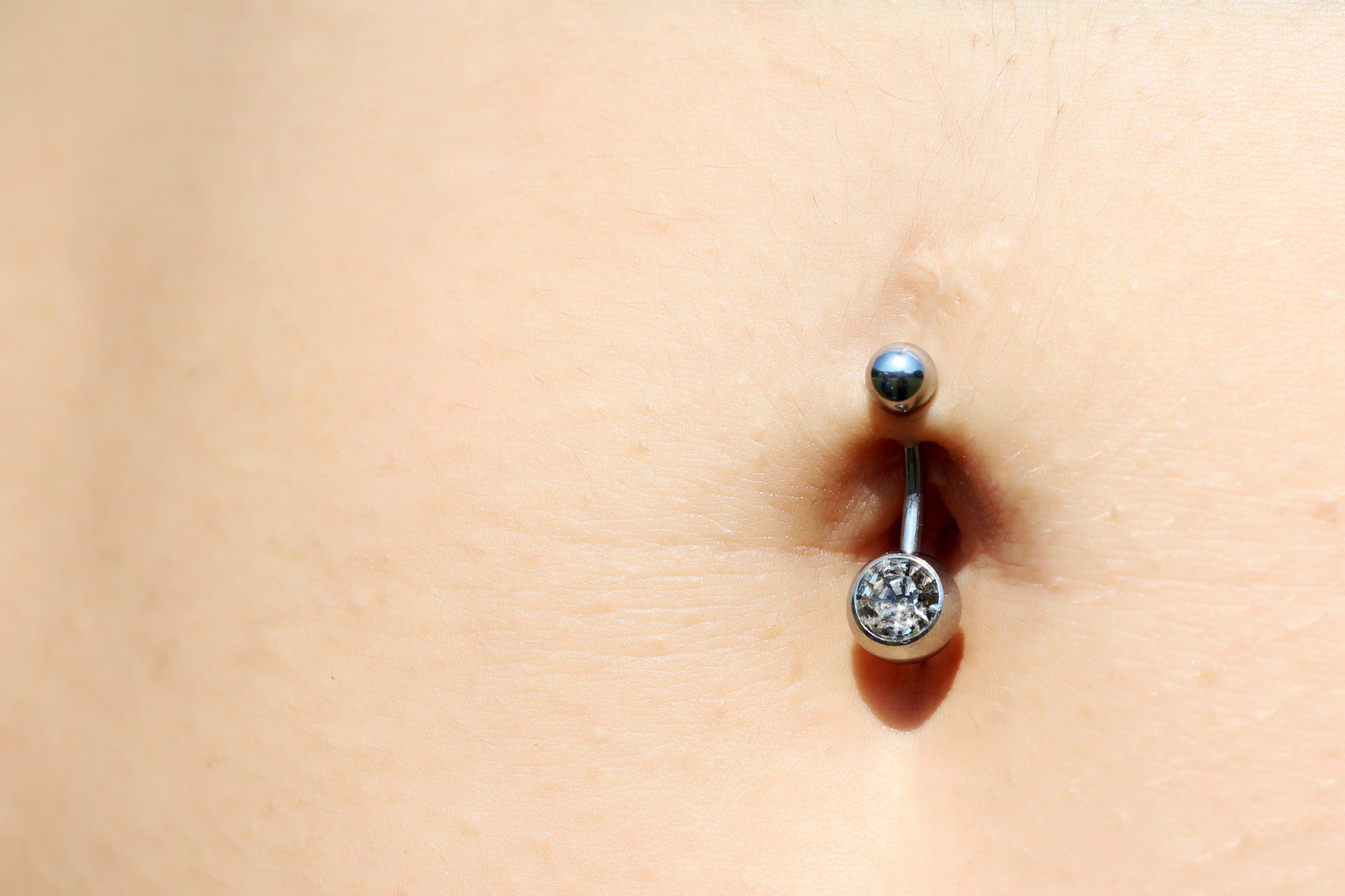
If you're thinking about getting outies, there are some essential things to consider before, during, and after the process. While belly button piercings can be a great way to express your individuality, knowing what you're getting into is crucial.
Cleaning Navel and Inserting the Needle
The first step in any piercing process is ensuring the area is clean. Healing is promoted, and infection is prevented after the piercing is done. For an outie belly button, you'll need to pay extra attention to cleaning as the shape and structure of an outie may harbor more bacteria than an innie. It's advised to use a mild antibacterial soap and warm water to clean your navel thoroughly.
Sanitize the Area Around Your Navel
After cleaning your navel, it's crucial to sanitize the surrounding area. This step is essential in preventing infections from developing after the piercing. A professional piercer typically uses a surgical scrub or an alcohol-based disinfectant to clean the skin around your belly button.

Marking Outie Lip for Piercing
Once the navel is clean and sanitized, the next step is to mark the spot where the piercing will go. This marking should be done by a professional piercer who understands the belly button anatomy. They will carefully select the best spot to avoid any potential complications.
Clamping the Marked Outie for Piercing
A piercing clamp is then used to hold the outie belly button in place as the piercer inserts the needle. This step is essential as it ensures the hand goes through the correct spot and helps to minimize any discomfort during the piercing process.
Jewelry Material
The type of jewelry you choose for your new piercing can significantly impact its healing process. It's recommended to use materials like surgical stainless steel, titanium, or gold, which are less likely to cause allergic reactions or infections.
Personal Style and Comfort
Finally, while your style matters when choosing your belly button ring, comfort should also be a consideration. You'll wear this jewelry for a significant amount each day, so it must feel comfortable and not interfere with your daily activities.
Aftercare

Now that you've got your new belly button piercing with an outie, taking good care of it is essential to ensure proper healing. Here's what you need to do:
- Clean Regularly: Use a saline solution to clean your piercing at least twice daily. This helps to keep the area clean and free from infection-causing bacteria.
- Verify you have a lip of normal skin around your navel. The belly button should appear as a raised piece of skin. It may be limited to that area if it occurs above or below the belly button. The raised skin may be pierced with minimal risk if you have it. You cannot penetrate the actual skin of your outie.
- Avoid Unnecessary Touching: It's tempting to touch or fiddle with your new piercing but resist the urge. Only touch your piercing when necessary, like during cleaning, and always wash your hands before doing so.
- Wear Clothing: Tight clothing can irritate your new piercing and hinder healing. Choose loose, comfortable clothing that doesn't press against your belly button until your piercing is fully healed.
- Watch Out for Infections: Be vigilant about redness, swelling, pain, and unusual discharge. Symptoms of any of these conditions should be reported to your physician immediately.
- Talk to your doctor. An outie belly button is much more susceptible to infection because its tissue differs from an innie's. Consult your doctor before getting a piercing. Your doctor may advise against piercings if you have an autoimmune disorder or condition that makes you more susceptible to infection.

Conclusion
getting an outie pierced is possible, but it comes with its own set of challenges and risks. A piercing of the outie belly button requires careful consideration and personalized techniques from an experienced piercer.
Factors such as your outie's size and shape, skin thickness, and pain tolerance should be considered. Choosing a professional piercer who is familiar with the challenges of piercing an outie belly button and follows strict sanitary practices is essential. Also, proper aftercare is crucial for healing and minimizing the risk of complications.
Remember to consult your doctor for any concerns or underlying medical conditions. Ultimately, with the right approach and care, you can enjoy a stylish belly button piercing even with an outie.




